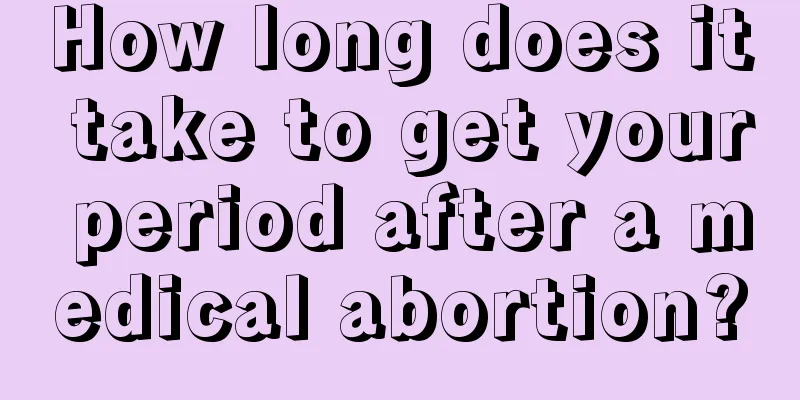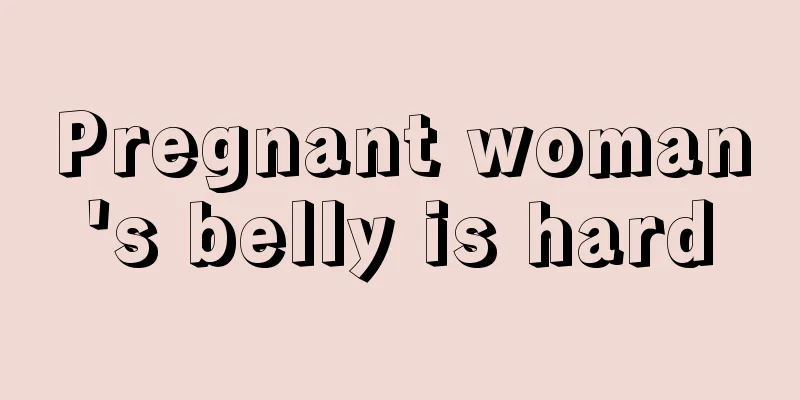What are the breastfeeding postures during confinement?

|
For first-time mothers, breastfeeding is a very important thing. But often such an important thing is not so easy for everyone to do well. Many mothers try to feed their babies but the baby just can't get the food into their mouths. The babies cry loudly in anxiety and the mothers are sweating all over. In fact, as long as you master the correct feeding posture, feeding the baby will become very easy. Let’s learn about the postpartum breastfeeding postures. New mothers who have just started breastfeeding are often exhausted, sweating, and their arms are sore and their necks are stiff. This is often caused by incorrect breastfeeding posture. The correct breastfeeding posture is "three touches": chest to chest, belly to belly, and chin to breast. The mother holds the baby's buttocks with her hands, supports the baby's head and neck with her elbows, and the baby's upper body lies on the mother's forearms. This is the most comfortable position for the baby to breastfeed. In addition, the following points need to be achieved to ensure that both mother and baby feel the most comfortable: 1. Comfortable body position. Different feeding postures can be adopted according to different people and different places. The important thing is that mothers should understand that being in a good mood, comfortable position and relaxed muscles all over the body are beneficial to milk discharge. 2. The mother and baby must be closely attached to each other. No matter how you hold your baby, his body should remain pressed against yours while you feed. Your baby's head and shoulders are facing your breast, with his mouth at nipple level. 3. Prevent pressure on the baby's nose. During the entire feeding process, the baby's head and neck should be kept slightly stretched to prevent the nose from pressing on the breast and affecting breathing. At the same time, the baby's head and neck should be prevented from over-stretching, causing difficulty in swallowing. 4. Correct hand posture. Place your thumb above or below the breast to support the entire breast for feeding. Unless the milk flow is too rapid and the baby chokes on milk, do not hold the breast with a scissor-like gesture. This gesture will push the mammary tissue in the opposite direction, preventing the baby from taking most of the areola into his mouth, which is not conducive to fully squeezing out the milk in the mammary sinus. |
<<: What to do if you have chills and joint pain during confinement
>>: What to do if you get prickly heat during confinement
Recommend
Taking birth control pills and yellow urine
Many young people choose to take birth control pi...
Risk of having a second child after caesarean section two years later
Generally speaking, if a woman who had a caesarea...
Is vulvar leukoplakia contagious?
It is very common for women to suffer from vulvar...
What are the characteristics of cheesecake? Calories of cheesecake
Many friends like to eat cheese cakes. They are s...
When is the ovulation period for girls
The ovulation period of women needs to be calcula...
What to do if your areola hurts? Here are some ways to help you
Some women complain about pain in their areola, w...
What happened if I don’t have any vaginal discharge after giving birth?
Adult women often have leucorrhea. Even after pre...
Can I go back to work after cervical laser surgery?
Although cervical laser is a minimally invasive s...
How can girls lose their beer belly?
Women are born to love beauty. If they have a bee...
IDC: Pixel phones will account for 4.6% of the US market in 2023
The Google Pixel phone seems to be getting more a...
What is the reason for lower abdominal pain when menstruation is not coming?
Women often have more symptoms of physical discom...
What to do if it hurts after sex
When people are well fed and warmed, they will th...
Why are there more and more spots on my face?
Nowadays, no matter how good your figure is, if y...
You can tell a woman's true age by looking at this part
Hands Our hands are exposed to the sun all day lo...
![[Doctors Talk] What to do with crooked teeth? Orthodontics can help!](/upload/images/67f0a7bb185b6.webp)








